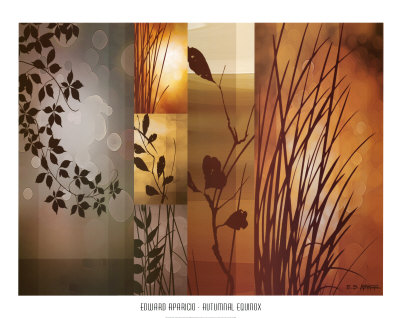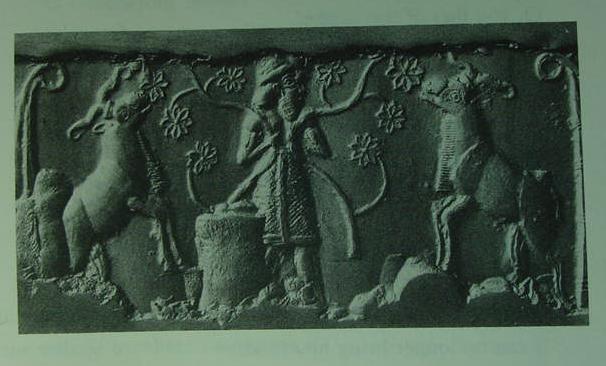 Second of the harvest festivals, Autumn Equinox is also one of the four astrological events marked by many cultures past and present. There are different names assigned to the Autumn Equinox depending on the culture that is celebrating. To get a broader understanding of the High Day, one should look at various aspects of the season: the actual astrological phenomenon, the agrarian activities, and the religious aspect.
Second of the harvest festivals, Autumn Equinox is also one of the four astrological events marked by many cultures past and present. There are different names assigned to the Autumn Equinox depending on the culture that is celebrating. To get a broader understanding of the High Day, one should look at various aspects of the season: the actual astrological phenomenon, the agrarian activities, and the religious aspect.
 This is the season where the vegetation God from most cultures dies, beginning His journey to the Under World where He will remain throughout the winter until He is reborn in the spring. This also marks the time that the mother Goddess begins Her rule that runs through to Spring Equinox where the child She gives birth to at Yule or Winter Solstice who will take rule again. In some countries it was common practice to make a figure of a man out of corn husks that would be thrown into the flames of bonfires. This could actually be the source for legends of how ancient Druids created a giant wooden man that was burned as part of the season’s ritual. Through there is no archaeological proof of humans being sacrificed in this manner, it is easy to see how observers from outside the culture could change the meaning of the mock sacrifice to one of actual ritual of sacrifice of humans.
This is the season where the vegetation God from most cultures dies, beginning His journey to the Under World where He will remain throughout the winter until He is reborn in the spring. This also marks the time that the mother Goddess begins Her rule that runs through to Spring Equinox where the child She gives birth to at Yule or Winter Solstice who will take rule again. In some countries it was common practice to make a figure of a man out of corn husks that would be thrown into the flames of bonfires. This could actually be the source for legends of how ancient Druids created a giant wooden man that was burned as part of the season’s ritual. Through there is no archaeological proof of humans being sacrificed in this manner, it is easy to see how observers from outside the culture could change the meaning of the mock sacrifice to one of actual ritual of sacrifice of humans. I found in the study of my hearth culture, Greek/Hellenic, that there is a religious holiday that corresponds to the time of year surrounding Fall Equinox. In ancient Greece one of the most universally celebrated festivals was that of the Eleusinian Mysteries. The festival lasted around a week and started somewhere around the 19th of the month. Even during the time of the Roman Empire, people would flock to Greece to join the Eleusinian practice. The Mysteries themselves were created by the goddess Demeter. There were two parts to the Eleusinian Mysteries. The first was called the Lesser Mysteries, which was celebrated on or near the Spring Equinox. The second, which was the most important of the Mysteries, was a celebration for the ending of the growing and harvesting season. From what is known it was a celebration of the promise of renewal and rebirth in Spring. Also this was also the last phase of initiation for those seeking to enter the deeper portions of the Eleusinian Mysteries.
I found in the study of my hearth culture, Greek/Hellenic, that there is a religious holiday that corresponds to the time of year surrounding Fall Equinox. In ancient Greece one of the most universally celebrated festivals was that of the Eleusinian Mysteries. The festival lasted around a week and started somewhere around the 19th of the month. Even during the time of the Roman Empire, people would flock to Greece to join the Eleusinian practice. The Mysteries themselves were created by the goddess Demeter. There were two parts to the Eleusinian Mysteries. The first was called the Lesser Mysteries, which was celebrated on or near the Spring Equinox. The second, which was the most important of the Mysteries, was a celebration for the ending of the growing and harvesting season. From what is known it was a celebration of the promise of renewal and rebirth in Spring. Also this was also the last phase of initiation for those seeking to enter the deeper portions of the Eleusinian Mysteries.Autumn Equinox is a time of change. It is a time when the world begins to turn back in on itself preparing for the rebirth of all life. It is a changing of the seasons from warm weather to cooler, more brisk temperatures. Autumn marks the movement of our planet as it transits through the solar system on the repeating cycle of all life.
No comments:
Post a Comment